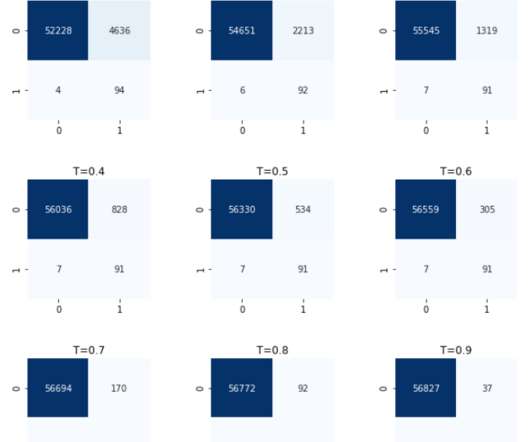Structural Evolutions in Data
O'Reilly on Data
SEPTEMBER 19, 2023
Stage 2: Machine learning models Hadoop could kind of do ML, thanks to third-party tools. While data scientists were no longer handling Hadoop-sized workloads, they were trying to build predictive models on a different kind of “large” dataset: so-called “unstructured data.” And it was good.















Let's personalize your content